Curiosity’s Other Important Job: Studying Martian Clouds
MSL Curiosity is primarily a rockhound. It’s at Gale Crater, examining the rocks there and on Mt. Sharp, which sits in the middle of the crater and rises 5.5 km above the crater floor. But Curiosity is also a skywatcher, and its primary camera, Mastcam, was built with Martian clouds in mind. When the sun … Continue reading "Curiosity’s Other Important Job: Studying Martian Clouds" The post Curiosity’s Other Important Job: Studying Martian Clouds appeared first on Universe Today.

MSL Curiosity is primarily a rockhound. It’s at Gale Crater, examining the rocks there and on Mt. Sharp, which sits in the middle of the crater and rises 5.5 km above the crater floor. But Curiosity is also a skywatcher, and its primary camera, Mastcam, was built with Martian clouds in mind.
When the sun set on Mars’ Gale Crater on January 17th, MSL Curiosity spent 16 minutes capturing images of the sky with Mastcam, the rover’s primary camera system. The images are part of an effort to understand noctilucent clouds, which are made of CO2 ice and only form over certain regions.
In the animation below, the 16 minutes of images have been sped up by about 480 times. “The white plumes falling out of the clouds are carbon dioxide ice that would evaporate closer to the Martian surface,” NASA says in a press release. “Appearing briefly at the bottom of the images are water-ice clouds travelling in the opposite direction roughly 31 miles (50 kilometres) above the rover.”
Earth has noctilucent clouds, too. They form in the upper atmosphere and are only visible during twilight when the atmosphere’s lower layers are in the shade and the upper atmosphere is sunlit. They form from water ice crystals between 76 to 85 km altitude and are the highest clouds in the atmosphere.
Mars’ noctilucent clouds are similar, but the main difference is that they contain carbon dioxide ice. They form at an altitude of around 60 to 80 km and are also classified as mesospheric clouds. On Mars, they occur in the Fall over the southern hemisphere. Only Mars’ high-altitude clouds containing carbon dioxide ice display iridescent colours.
This is the fourth year in succession that Curiosity has seen these noctilucent clouds. Its Mastcam instrument has different filters that let it see different wavelengths of light, and some of those filters are used to study the composition and particle size in clouds. It also has stereo vision, which helps scientists determine cloud height, shape, and the speed at which they’re moving. It can also observe the Sun through filters and determine how much sunlight the atmosphere is blocking. That tells scientists how much dust and ice is in the atmosphere and how it changes over time.
A November 2024 paper titled “Iridescence Reveals the Formation and Growth of Ice Aerosols in Martian Noctilucent Clouds” summarized Curiosity’s images and findings. The lead author is Mark Lemmon, an atmospheric scientist with the Space Science Institute in Boulder, Colorado.
“I’ll always remember the first time I saw those iridescent clouds and was sure at first it was some color artifact,” he said in a press release. “Now it’s become so predictable that we can plan our shots in advance; the clouds show up at exactly the same time of year.”
These clouds form only in early Martian fall and only in the southern hemisphere. Their iridescence is from uniform particle size, which indicates that the clouds had a brief evolution in a uniform environment. When clouds are both noctilucent and iridescent, they’re called nacreous clouds. It’s interesting to note that these colours would be easily seen by an astronaut on the Martian surface.

One of the mysteries behind these clouds concerns their location. They’re only seen in Mars’ southern hemisphere, and the Perseverance rover, which is in the Jezero Crater in the northern hemisphere, has never seen them. It seems pretty clear that they only form in certain locations, but the reasons why are unknown.
Lemmon says that gravity waves, which are atmospheric phenomena separate from astrophysical gravitational waves, could be responsible. They cool the atmosphere and could give rise to clouds of frozen CO2. “Carbon dioxide was not expected to be condensing into ice here, so something is cooling it to the point that it could happen. But Martian gravity waves are not fully understood, and we’re not entirely sure what is causing twilight clouds to form in one place but not another,” Lemmon said.
Scientists need more data to better understand these clouds. Curiosity wasn’t the only one to see them; the InSight lander did, too. But they could only see for a few hundred kilometres around their landing sites and their data is incomplete. “Orbiters capable of sunset and twilight times could constrain the cloud altitude,” Lemmon and his co-authors write in their paper.
There are unanswered questions about these clouds. Scientists would like to understand how quickly particles in these clouds evolve. They’d also like to know what the nature of the corona-forming layer is. A larger data sample could help answer these questions, as could more time-lapse imagery.
- Press Release: A Rainbow-colored “Feather” in the Martian Sky
- Press Release: NASA’s Curiosity Rover Captures Colorful Clouds Drifting Over Mars
- Published Research: Iridescence Reveals the Formation and Growth of Ice Aerosols in Martian Noctilucent Clouds
The post Curiosity’s Other Important Job: Studying Martian Clouds appeared first on Universe Today.








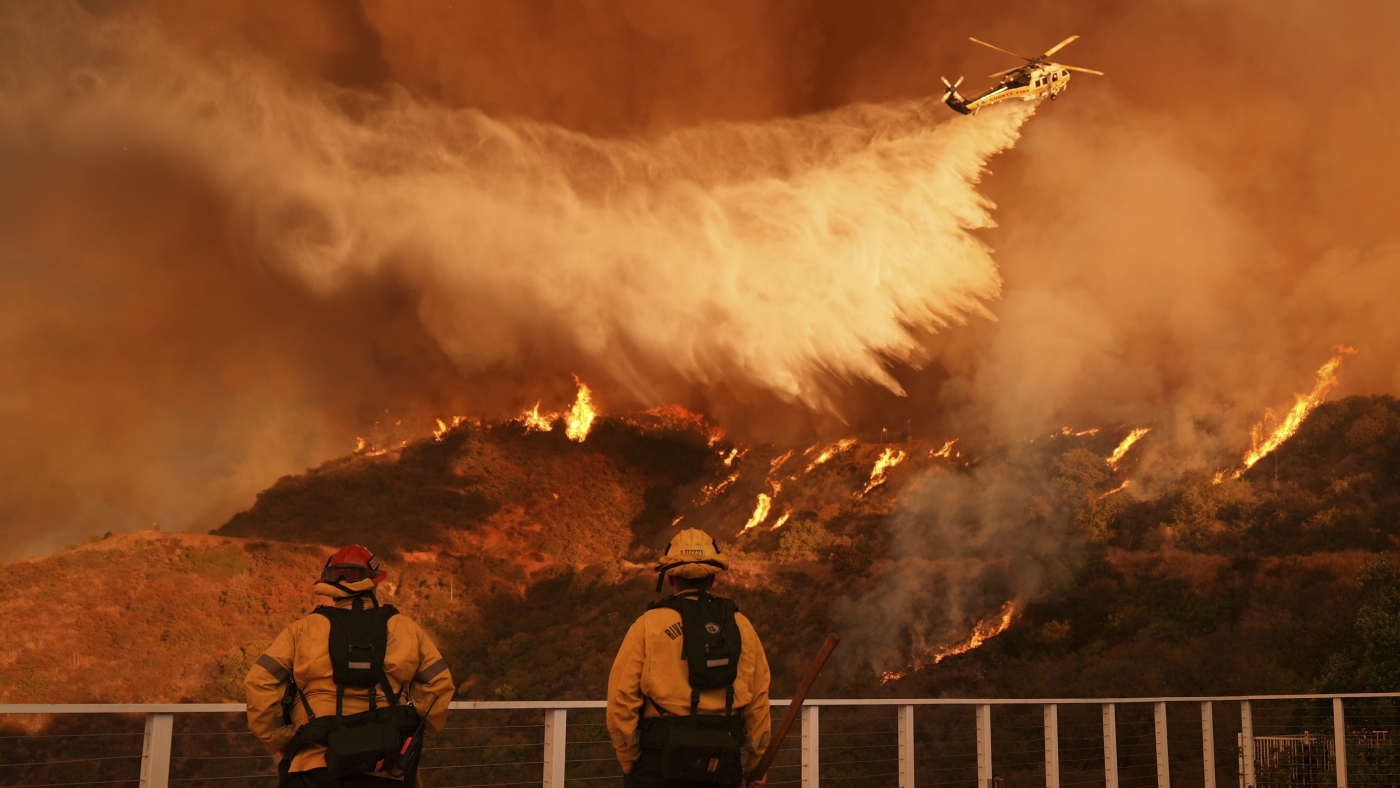




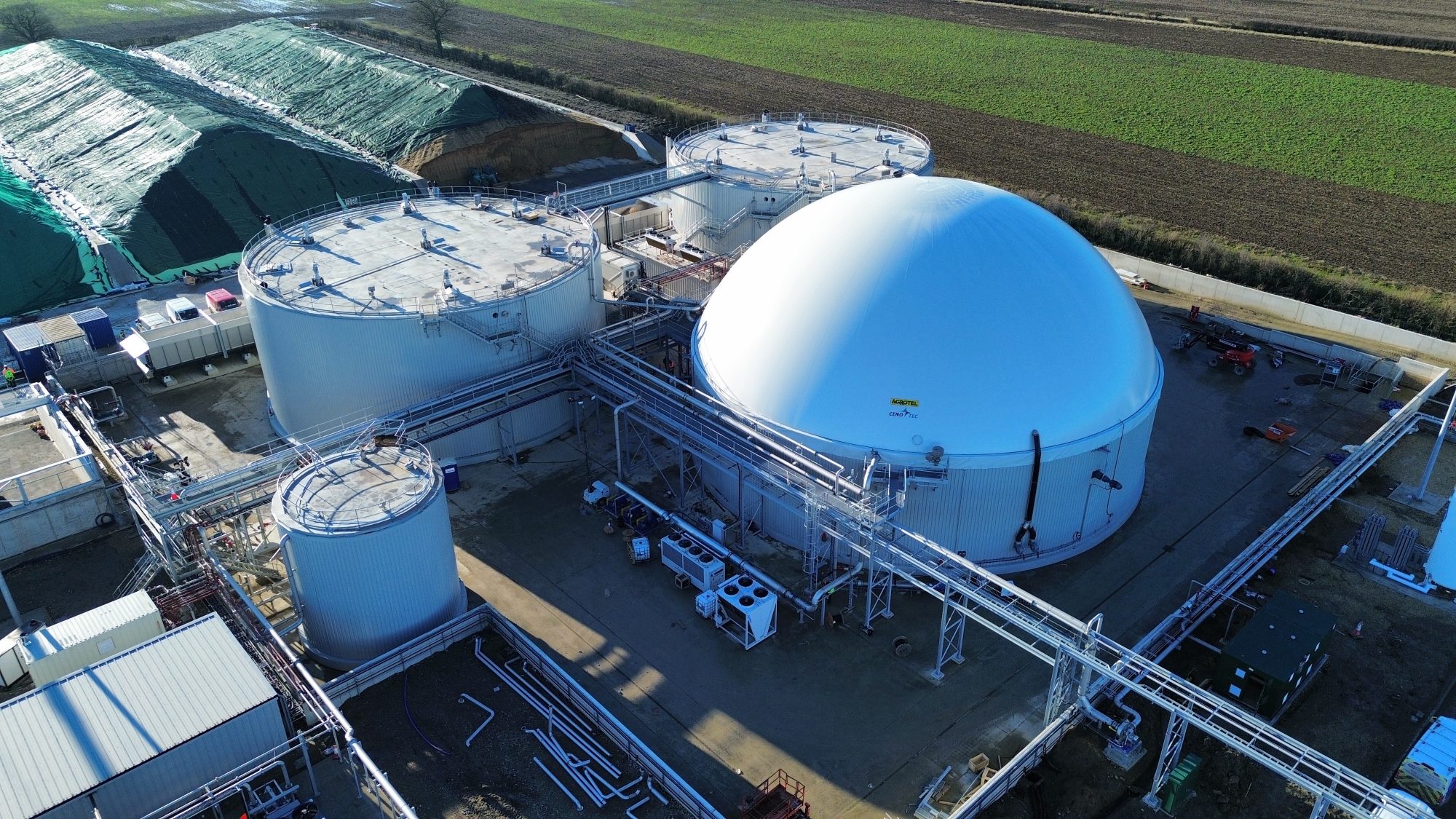










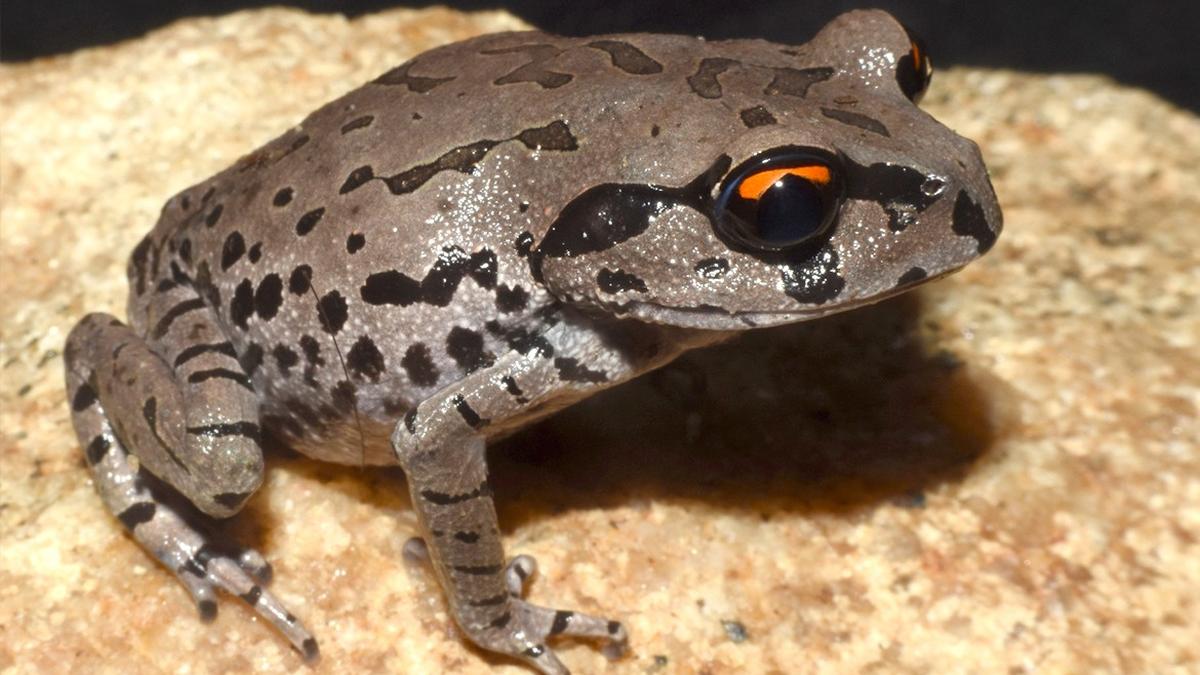

















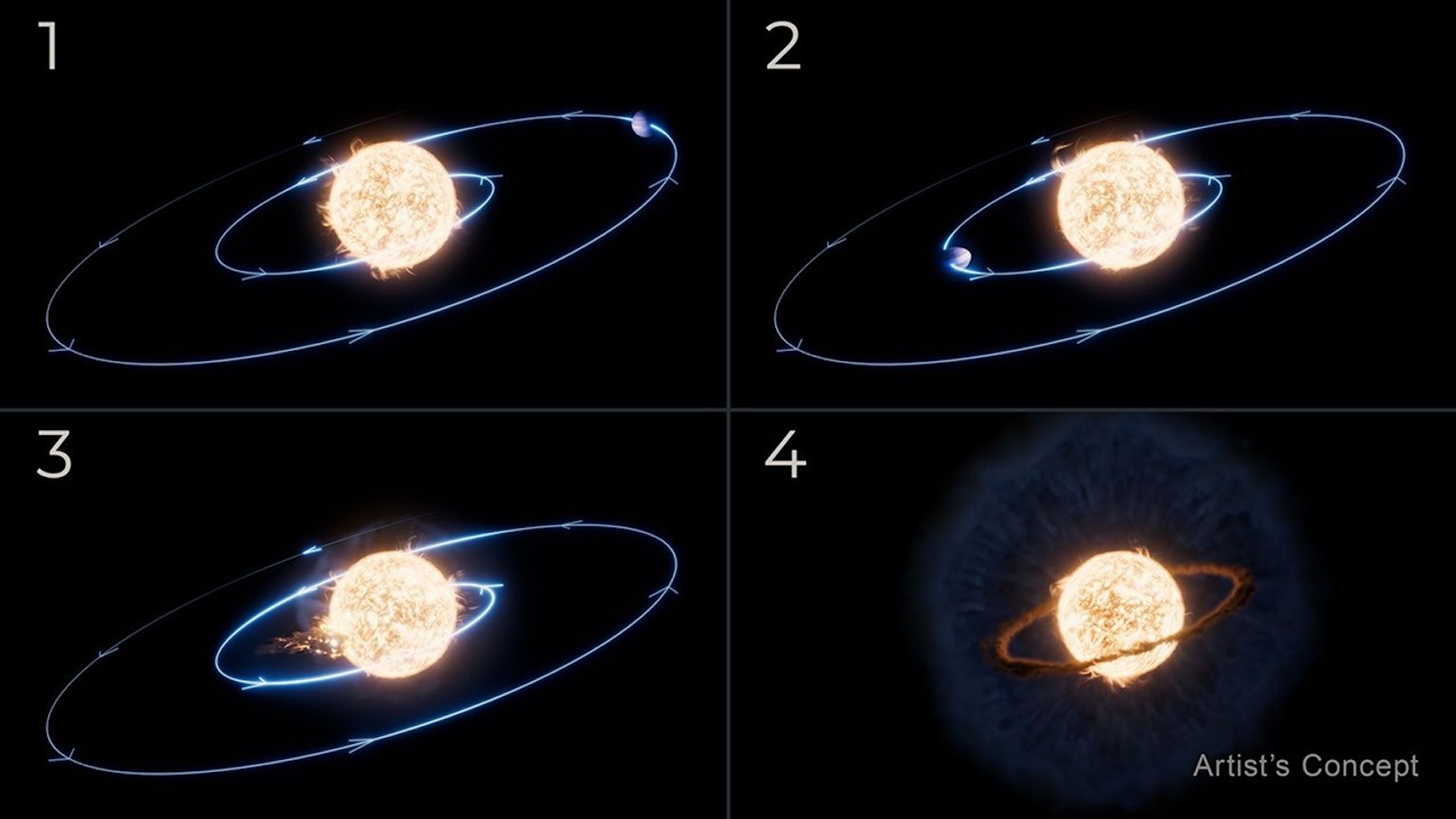


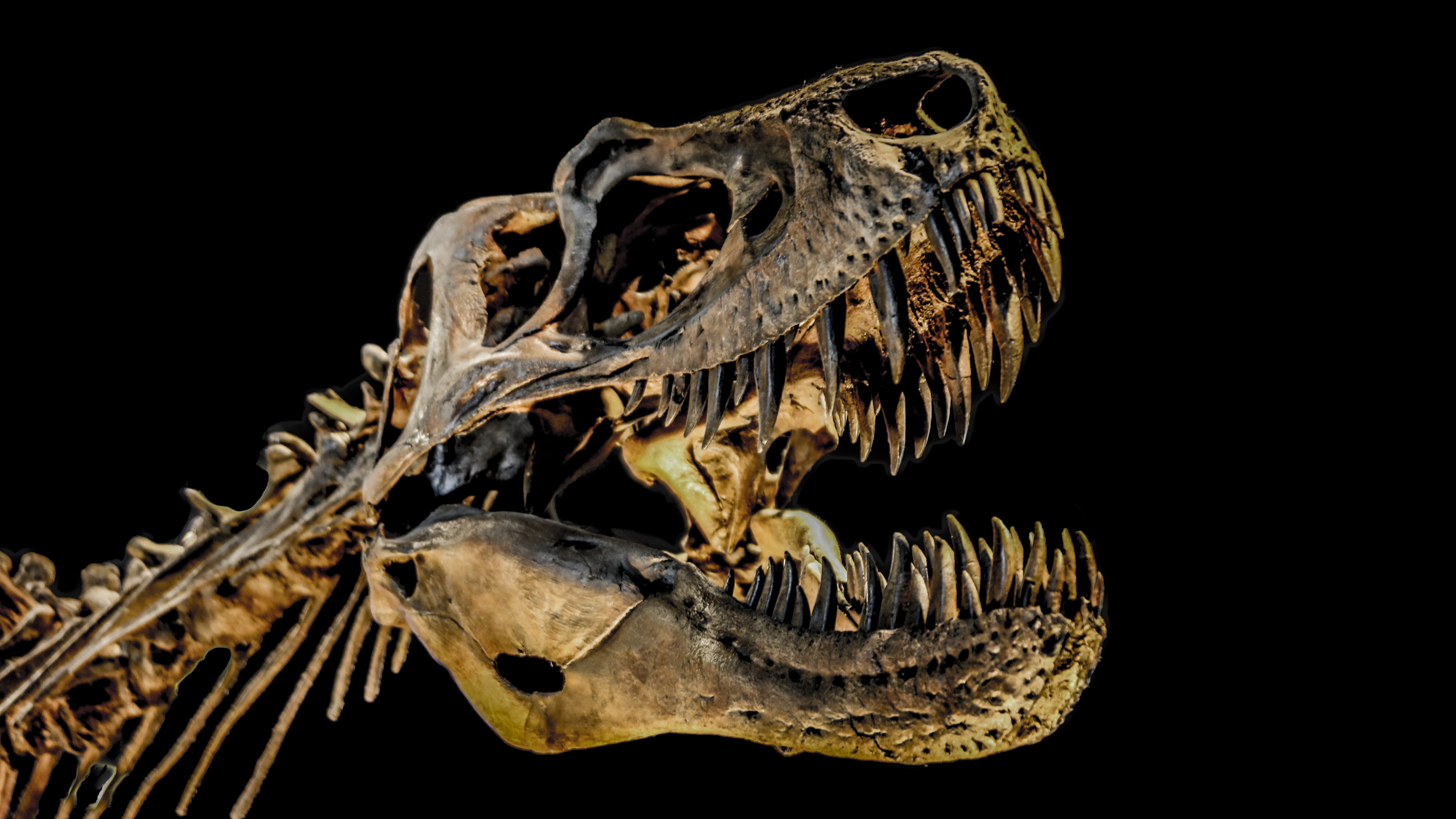
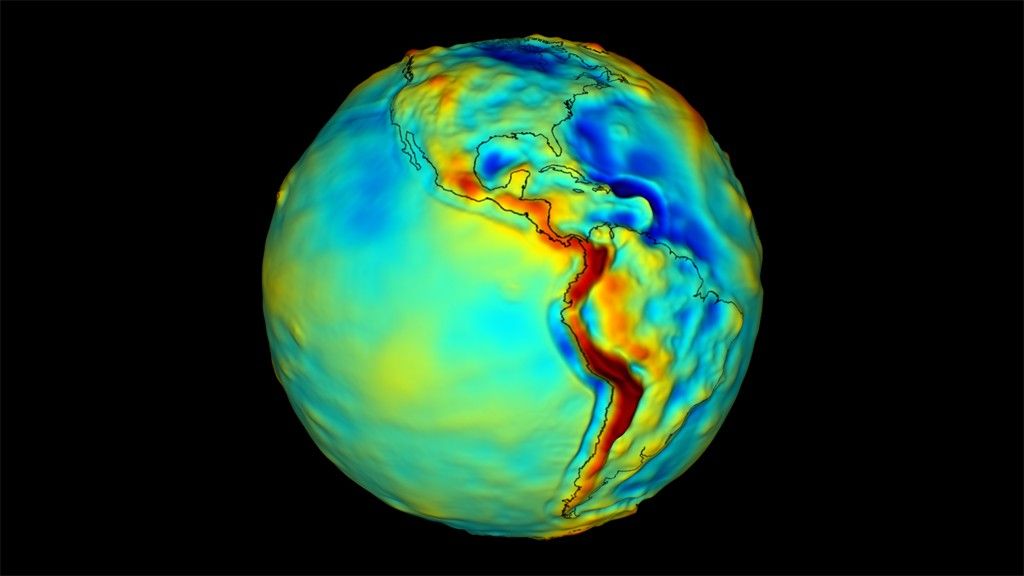














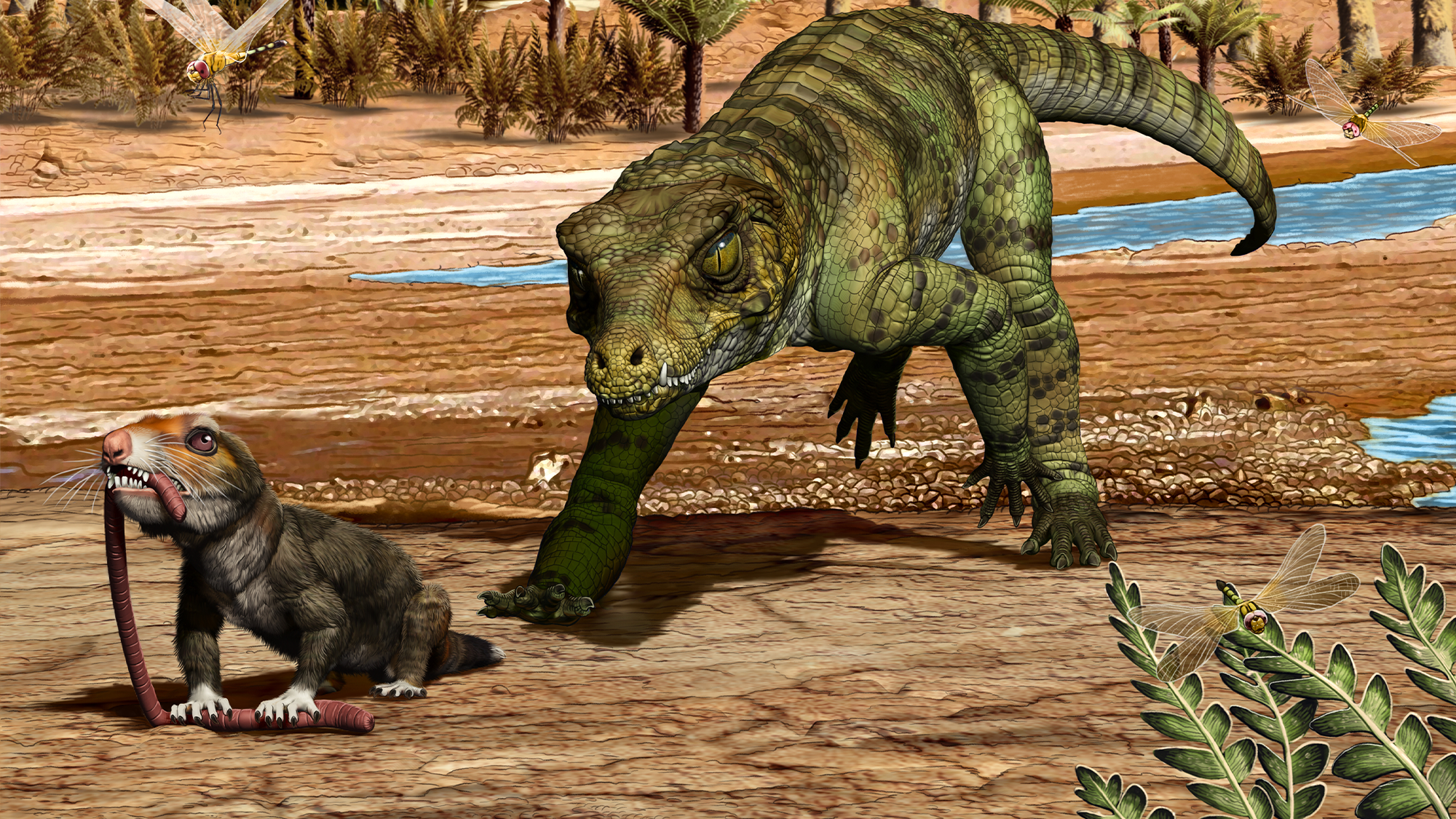

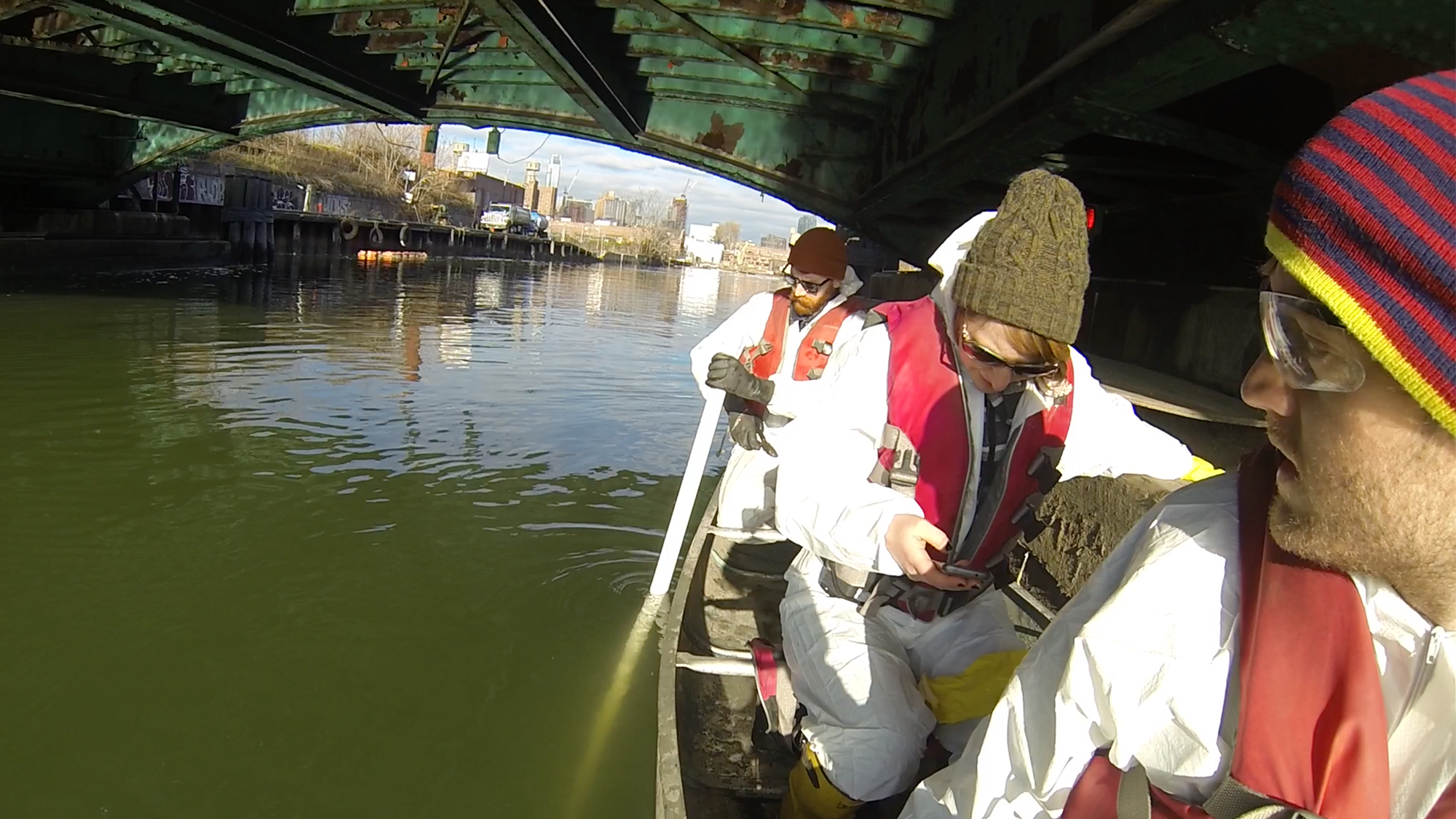









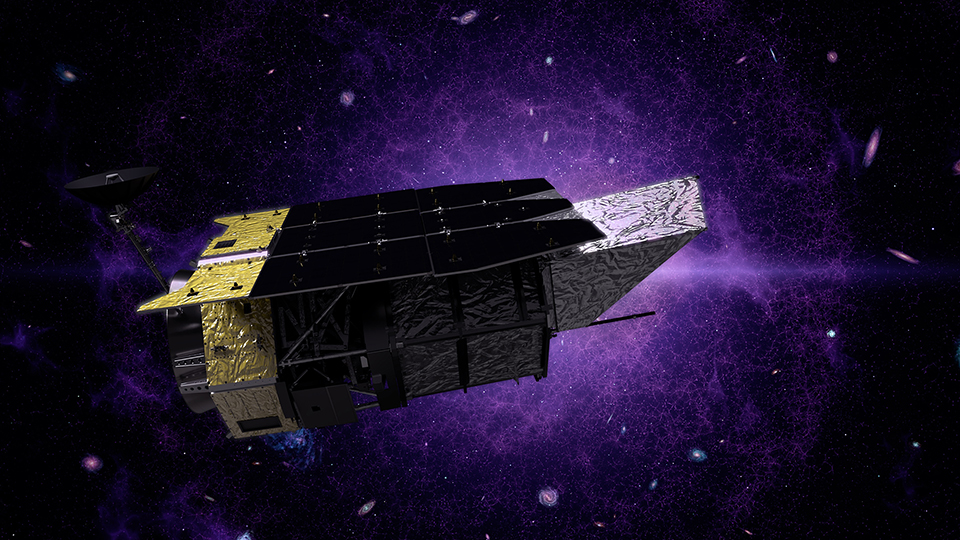




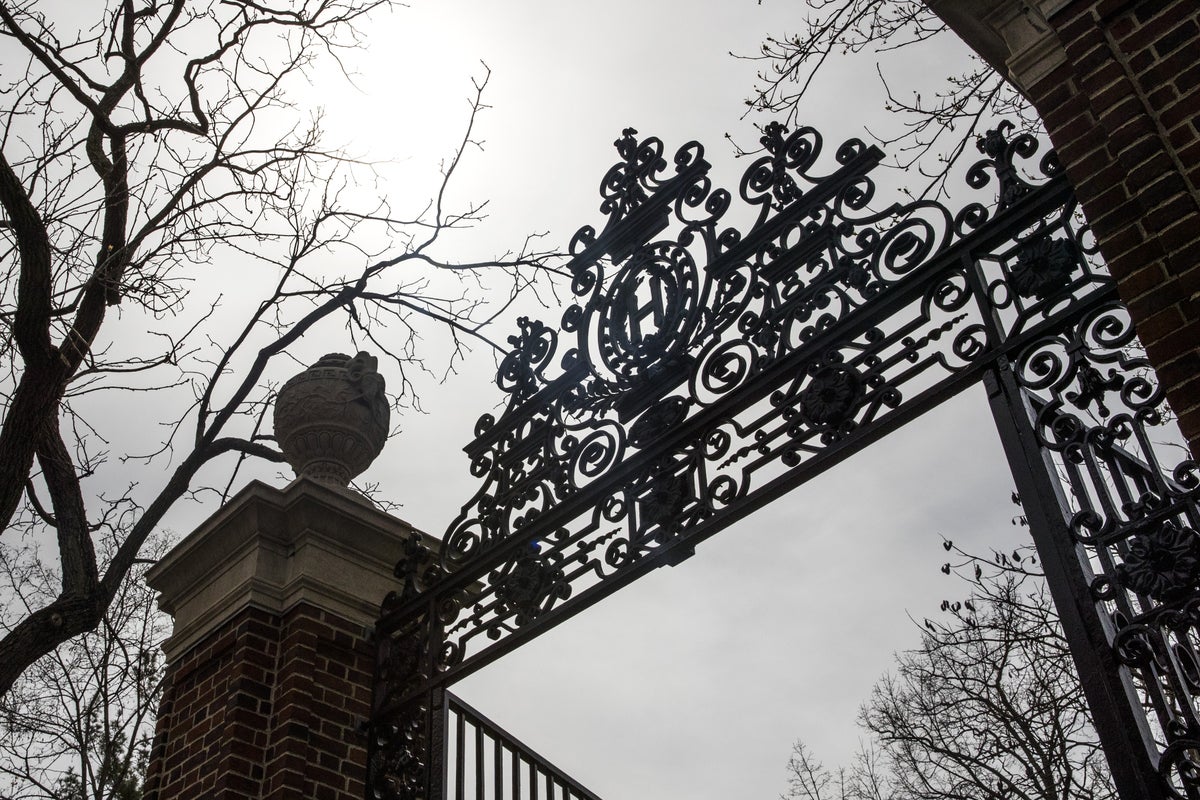
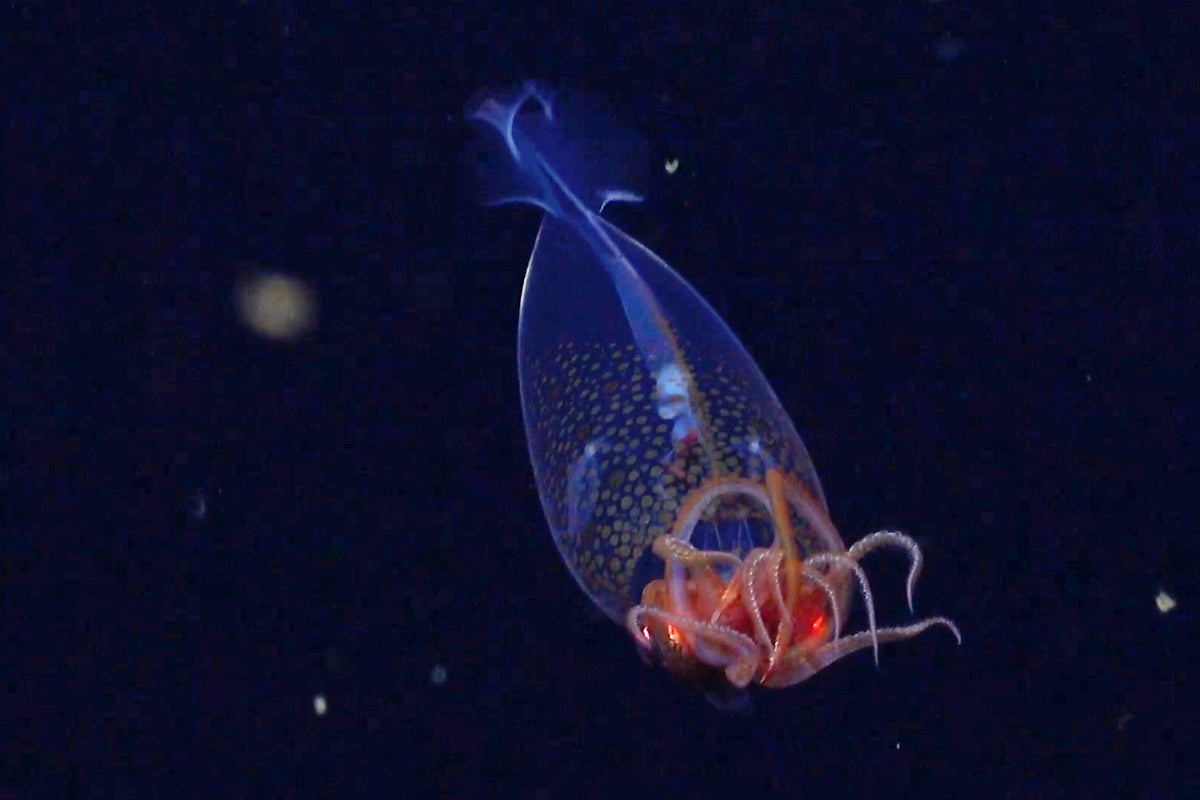


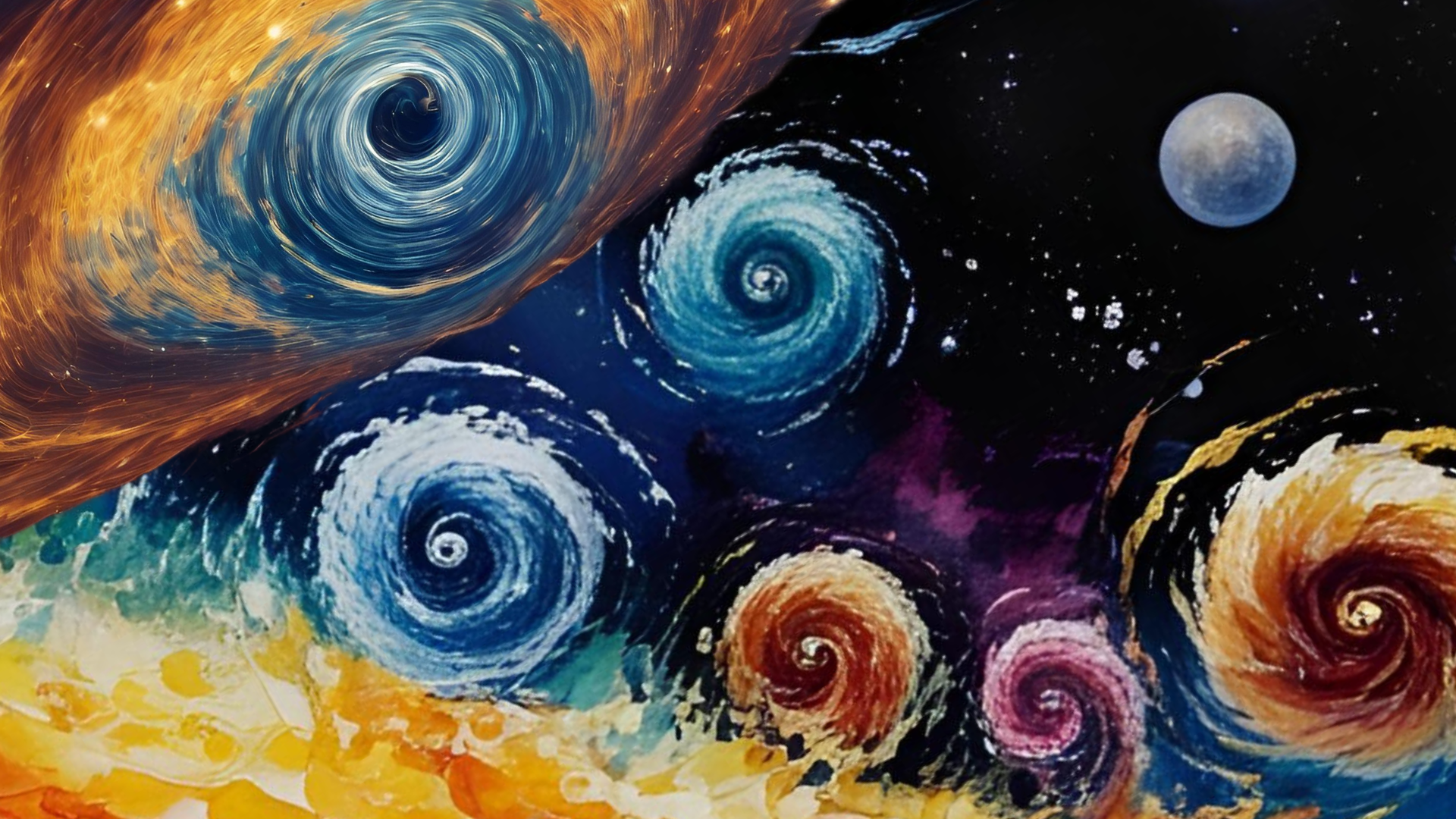
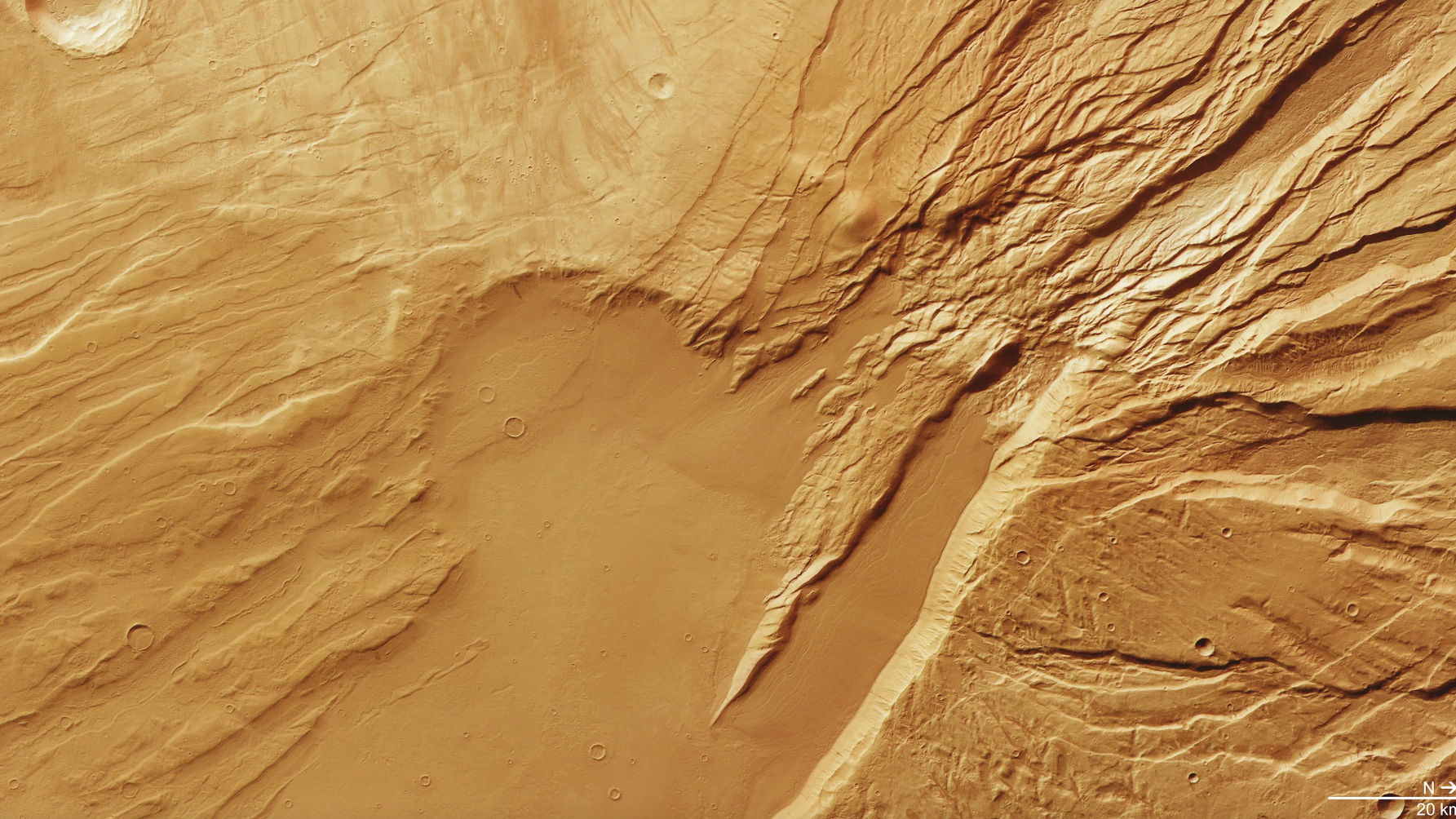
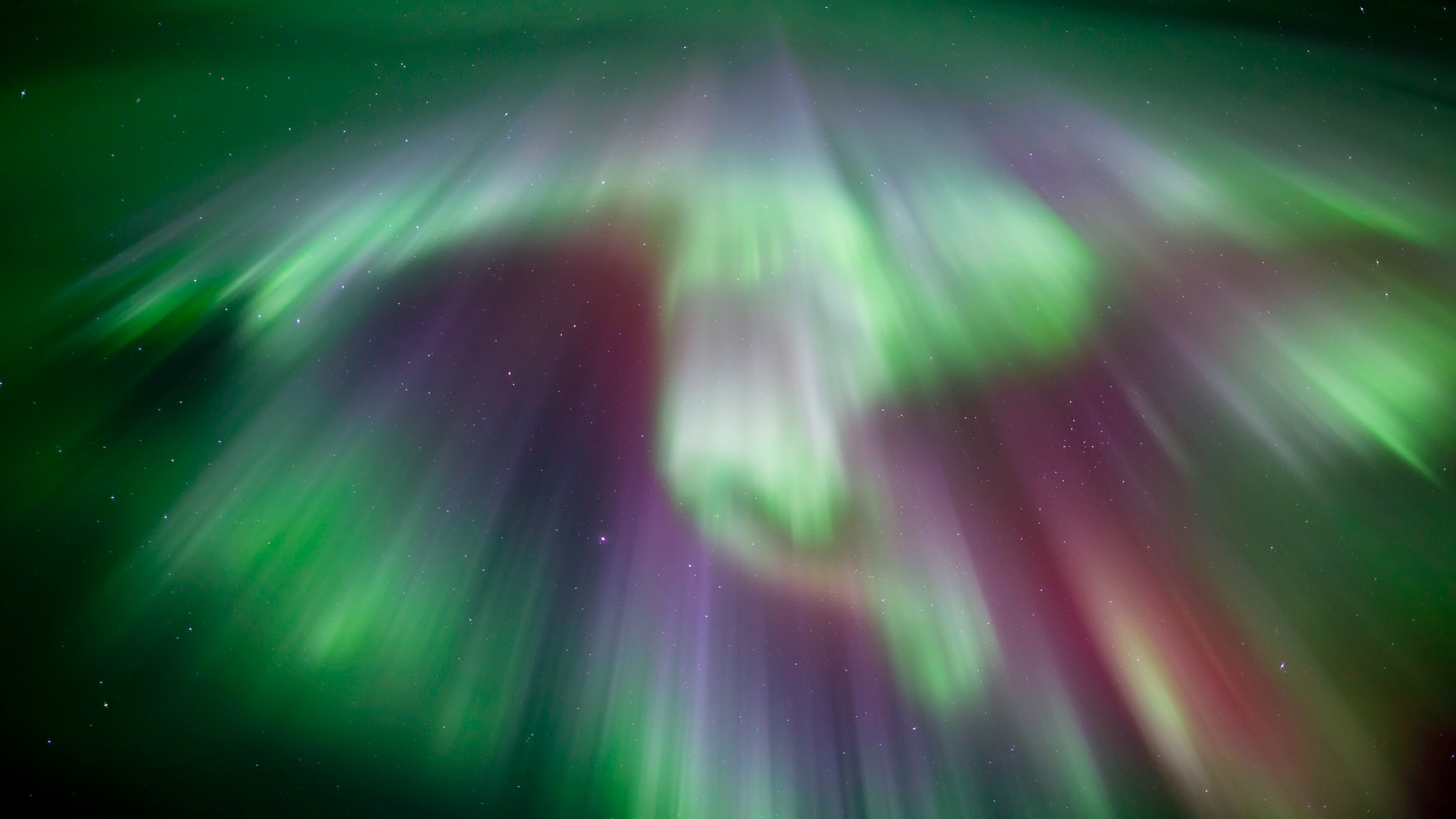




































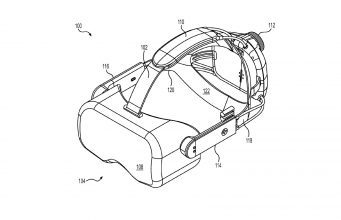



![The breaking news round-up: Decagear launches today, Pimax announces new headsets, and more! [APRIL FOOL’S]](https://i0.wp.com/skarredghost.com/wp-content/uploads/2025/03/lawk_glasses_handson.jpg?fit=1366%2C1025&ssl=1)















